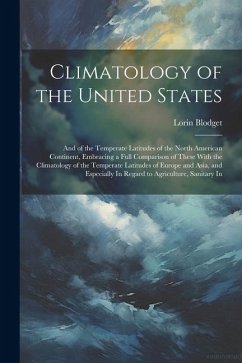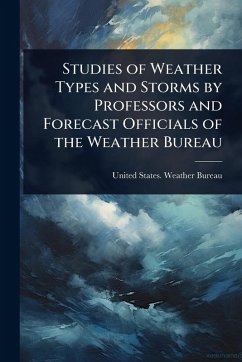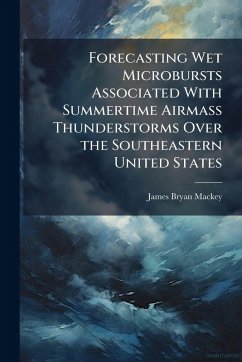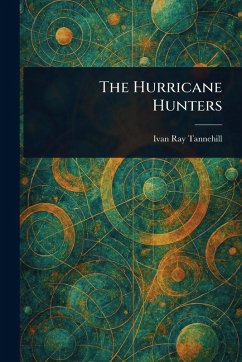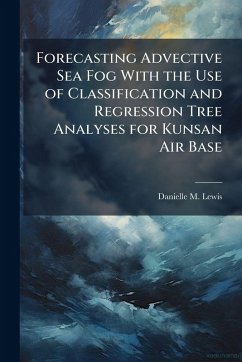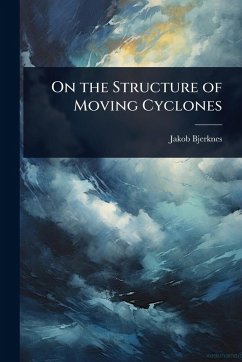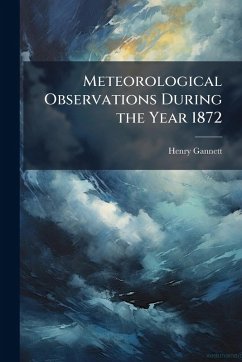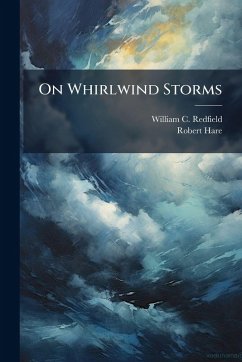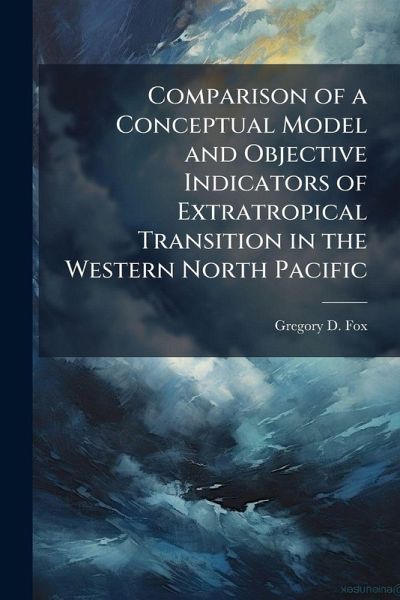
Comparison of a Conceptual Model and Objective Indicators of Extratropical Transition in the Western North Pacific
Versandkostenfrei!
Versandfertig in über 4 Wochen
15,99 €
inkl. MwSt.
Weitere Ausgaben:

PAYBACK Punkte
8 °P sammeln!
The primary purpose of this research is to provide guidance to forecasters from the Joint (Air Force/Navy) Typhoon Warning Center (JTWC) in Pearl Harbor to use in differentiating between the stages of extratropical transition (ET) of tropical cyclones (TCs). Not only is ET relevant to the Department of Defense, since JTWC stops providing TC warnings once they have undergone ET, but it is also applicable to the meteorological community since there currently "is no commonly accepted definition of ET" (Jones et al. 2003). This research compares the results of a conceptual model of ET using subjec...
The primary purpose of this research is to provide guidance to forecasters from the Joint (Air Force/Navy) Typhoon Warning Center (JTWC) in Pearl Harbor to use in differentiating between the stages of extratropical transition (ET) of tropical cyclones (TCs). Not only is ET relevant to the Department of Defense, since JTWC stops providing TC warnings once they have undergone ET, but it is also applicable to the meteorological community since there currently "is no commonly accepted definition of ET" (Jones et al. 2003). This research compares the results of a conceptual model of ET using subjective satellite analysis with the results of objective indicators based on Navy Operational Global Atmospheric Prediction System (NOGAPS) model analyses. This work has been selected by scholars as being culturally important, and is part of the knowledge base of civilization as we know it. This work was reproduced from the original artifact, and remains as true to the original work as possible. Therefore, you will see the original copyright references, library stamps (as most of these works have been housed in our most important libraries around the world), and other notations in the work. This work is in the public domain in the United States of America, and possibly other nations. Within the United States, you may freely copy and distribute this work, as no entity (individual or corporate) has a copyright on the body of the work. As a reproduction of a historical artifact, this work may contain missing or blurred pages, poor pictures, errant marks, etc. Scholars believe, and we concur, that this work is important enough to be preserved, reproduced, and made generally available to the public. We appreciate your support of the preservation process, and thank you for being an important part of keeping this knowledge alive and relevant.



